We loved it, then we hated it – but now concrete is making a defiant comeback. This is the story of how this industrial material has charmed its way into our kitchens and living rooms – and how you can make the most of it.
Once the material of choice for futuristic architects, this limestone-effect composite was used for bridges, Brutalist bus stations and garden patios. Somewhere around the 1980s, it fell out of favour, but attitudes have changed over the past decade. It’s become the gritty antithesis to glitzy skyscrapers, buildings like London’s Barbican Centre are enjoying a stylish renaissance, and bare concrete is a fashion statement in trendy venues.
Now, concrete has entered our houses. It’s cool, hard-wearing and attractively affordable – here’s how to use it at home.
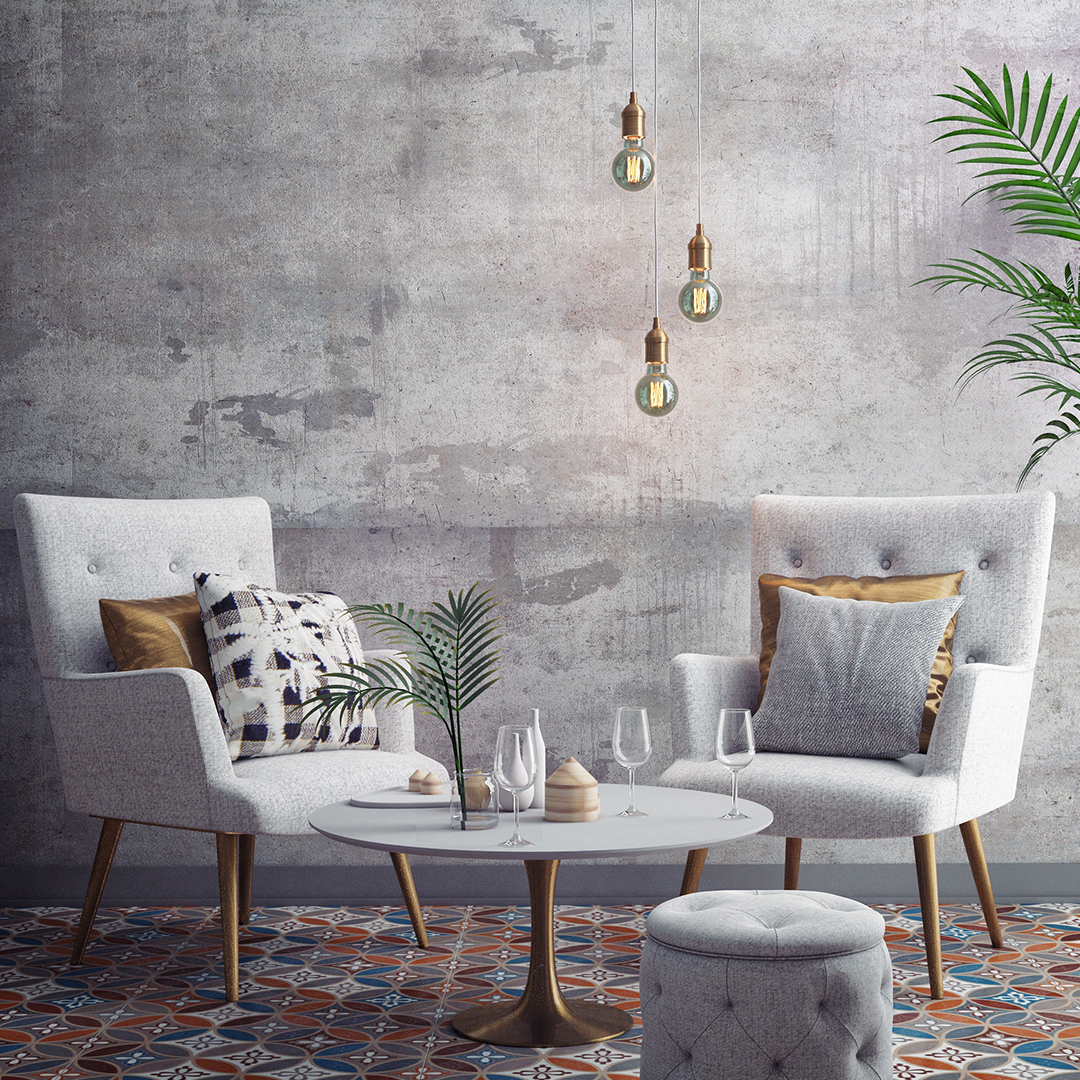
Concrete’s artistic appeal
Hannah Harriet is a Darlington-based artist who creates beautiful concrete homeware. She thinks concrete’s success is down to two things: rustic style and the need for something unique. “It’s all about dark-wall decor, industrial surfaces and homewares,” she says.
“With concrete, no two pieces are alike. It’s totally unpredictable. From the way the marbling creates new shapes to the colour of each layer of pigment, and the air bubbles that naturally occur in the making process – replication is impossible.”
She adds: “Each piece of concrete has quirks and individuality – just like us – and I think people enjoy that they’re seeing something different from the perfect smooth lines that we have already seen over and over. Concrete is more interesting.”
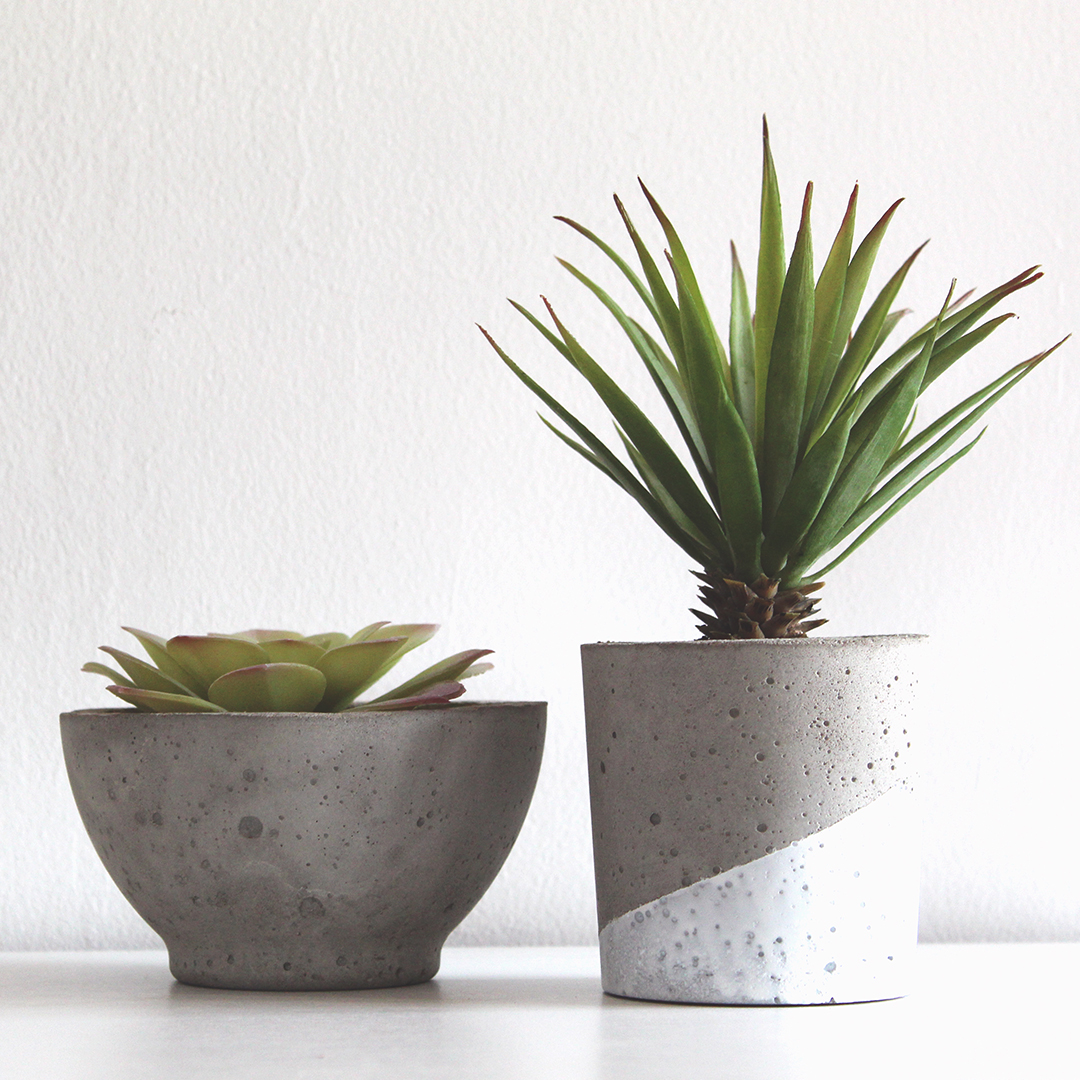
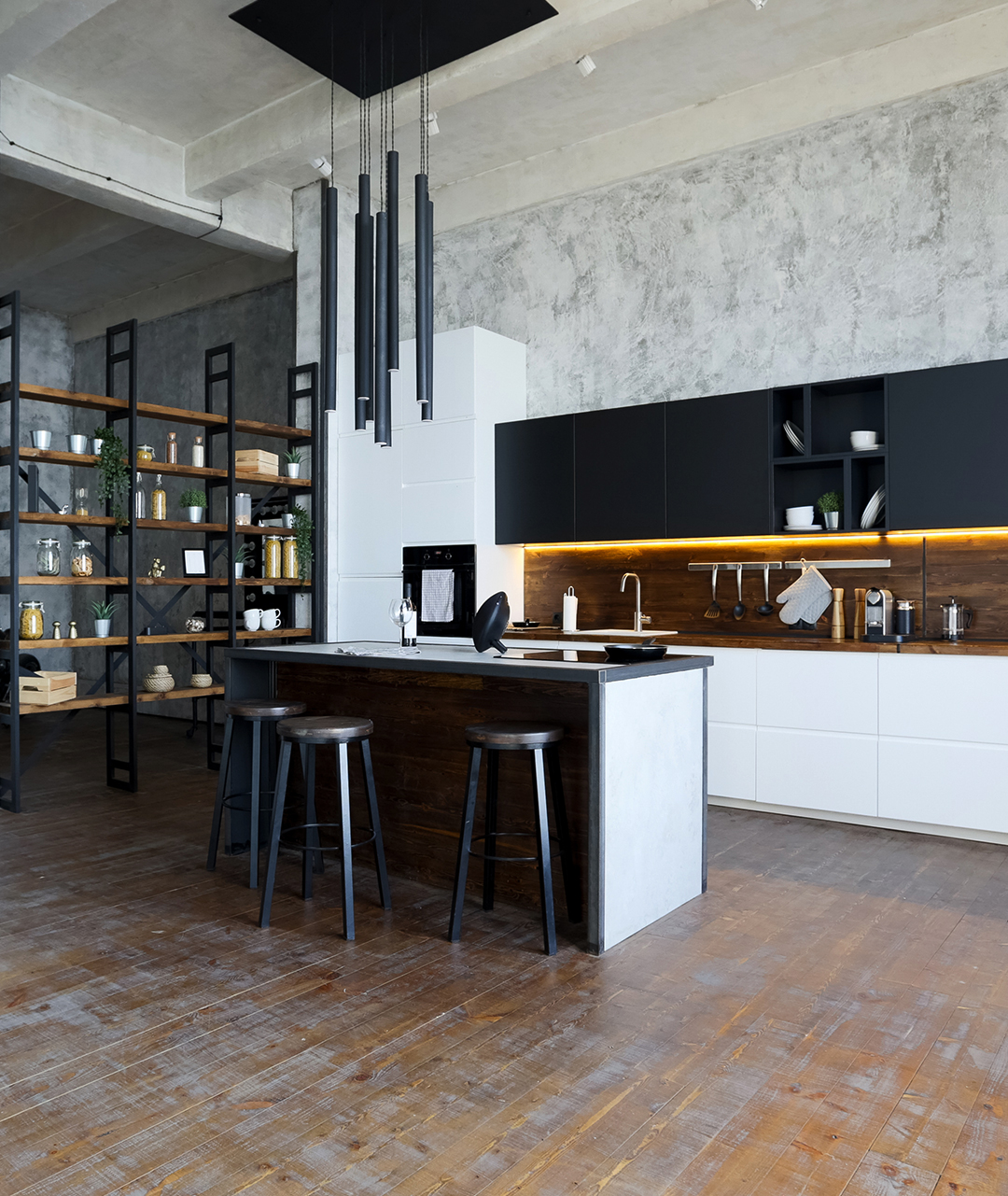
Cool and collected kitchens
The modern kitchen is a space for winding down and trying out recipes together. Gone are the days when kitchens existed for food preparation alone – they’re now homework stations, family meeting spots and recreation zones. That’s part of the reason why sofas in kitchens are becoming so popular.
Homeowners invest more in renovating this space than any other and everything from the colour of cabinets to your chosen style of sink sends all kinds of lifestyle signals.
Concrete worktops and breakfast bars are becoming increasingly popular as an alternative to stone. Since it can be moulded into any shape, concrete is incredibly versatile – thick blocks can be carved into attractive coffee tables and micro-cement flooring is a great alternative to tiles.
Pairing with copper pipes and aluminium helps to complete the industrial look, while wood injects balancing warmth.
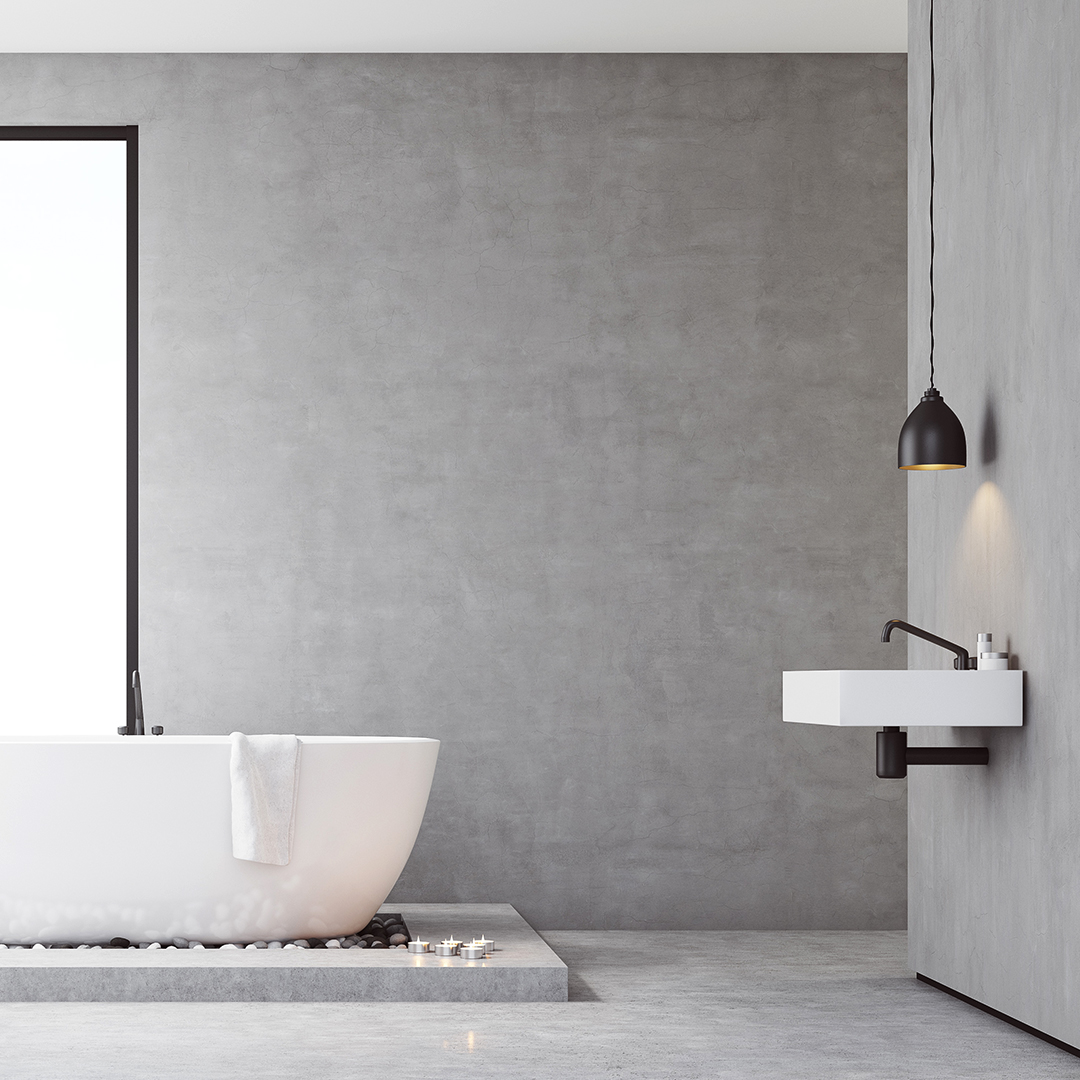
Bathroom brutalism
Like kitchens, bathrooms need a helping hand from durable and water-resistant materials. Concrete ticks all the right boxes and can be used to create chic sinks and traditional freestanding bathtubs.
Concrete is porous, which means its look can change over time from contact with water. But, adventurous home designers can plaster walls in a faux concrete effect – the trick is to blend a range of tones from near-whites to slate greys.
Accessorise with real concrete accessories from the growing number of concrete artisans using colourful composites to make everything from beauty trays to toothbrush holders.
Looking for more interior design tips?
Read these guides for more inspiration:
Style Trends: Sustainability Design your home with Rust & Terracotta How to create the perfect minimalist style for your home



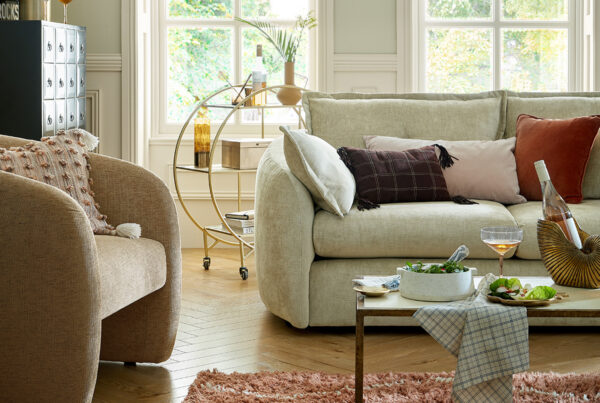
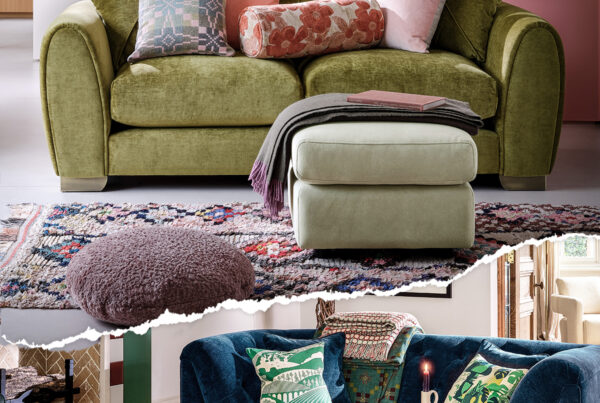
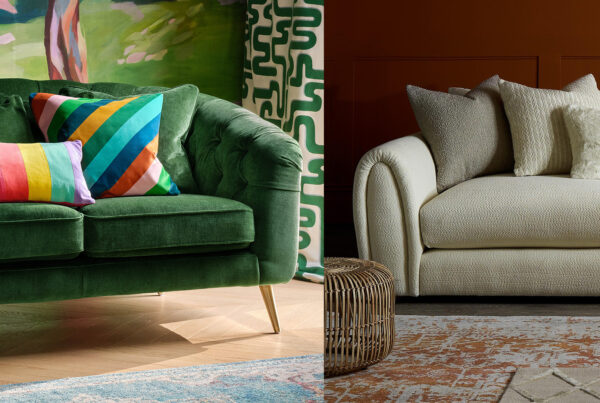
excellent information given not rushed at all . would highly recommend. first class service